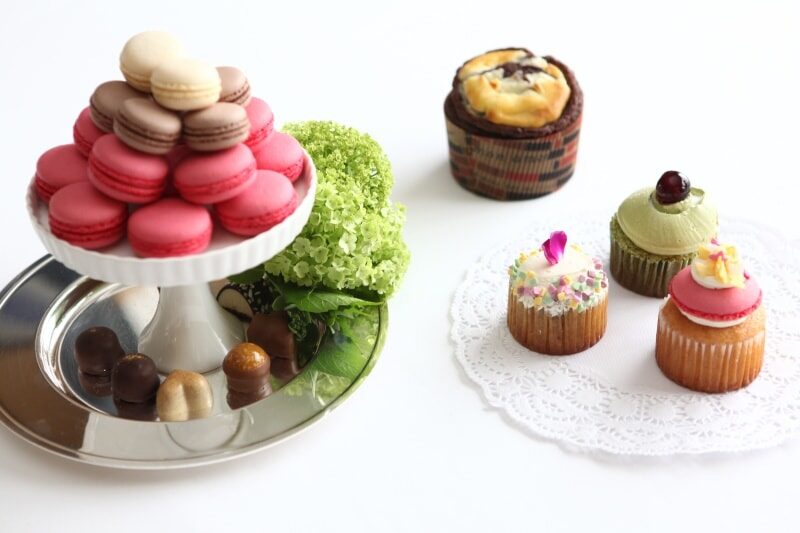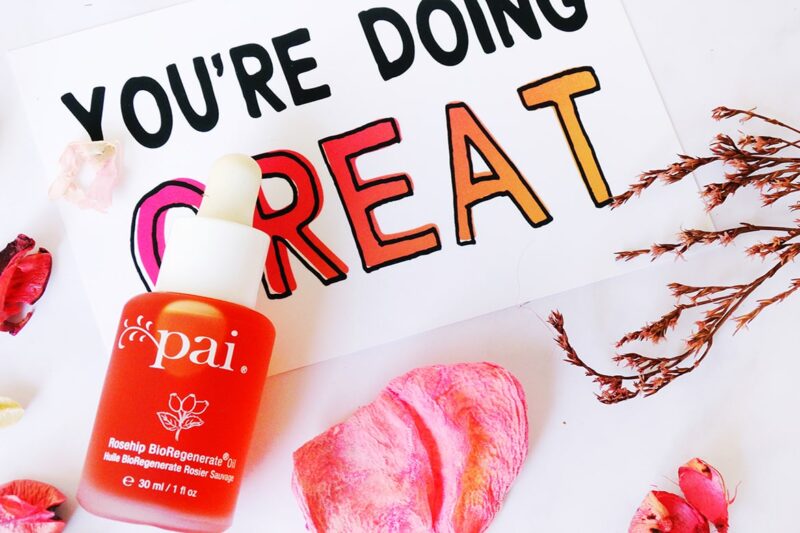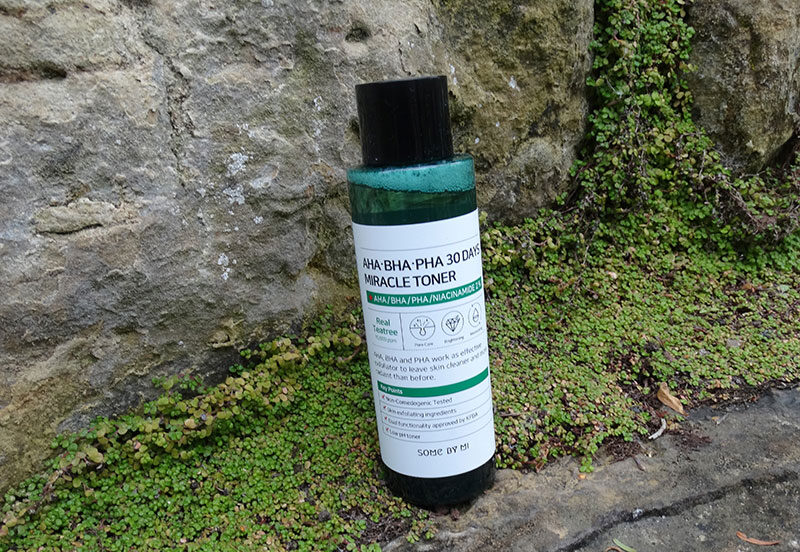
How do you treat very oily skin?
It’s not enough your skin pumps out more sebum than it needs or that pimples throw a party on your chin every week.
Your skin is oilier than oil. So oily that, no matter what you use, you can’t catch a break from all the grease and shine. And let’s not get started about breakouts.
Is there anything you can do to keep all that oil under control and get your clear, matte skin back?
You’re in luck. Here are the best tips, habits and products for very oily skin:
Why Is Your Skin So Very Oily?
You have very oily skin when your sebaceous glands produce way, way, way more sebum than it needs.
Sebum isn’t a dirty word. It’s your skin’s natural moisturiser. Its job is to keep your skin naturally soft and plump. Without it, your skin would be drier than the Sahara.
It’s only when skin makes too much sebum that things start to go wrong… Why does this happen?
Blame it on hormones and genetics.
It works like this: dihydrotestosterone (DHT) is the hormone that controls the production of sebum. Its levels are genetically determined – that’s why you have to put up with all that oil, and your friends don’t.
DHT levels also tend to be higher during puberty and menopause. That’s why oily skin is worse during those awful high school years and after your 50s.
If it makes you feel better, you can blame this one on men. DHT is a male hormone. It just so happens that both men and women have it.
DHT isn’t the only culprit. The luteinizing hormone (LH) never fails to send sebum levels through the roof after ovulation. It’s the reason why you breakout just before your period starts.
You get the point. Hormones play a huge part in very oily skin. *sighs*
Related: The Complete Guide To Treating Hormonal Acne
Need help creating the best skincare routine for you oily skin? Sign up to the newsletter below to receive the “Oily Skincare Routine Cheatsheet” (it includes product recommendations, too!).
How To Treat Very Oily Skin
Here’s the deal: you can’t treat very oily skin with skincare alone. This is a hormonal problem, remember?
The right skincare products can help to keep the oil under control and kill any pimples that dares make an appearance on your face.
But the problem won’t go away unless you fix its root cause. That’s where medication and diet come in.
Let’s see what really works for very oily skin, shall we?
1. Take Prescription Retinoids
Retinoids is a catch-all terms for all forms of Vitamin A. It’s a powerful skincare family that treats both wrinkles and acne at the same time.
You’re probably familiar with retinol, the most common member of the family in OTC products. It fights free radicals, boosts collagen production, and even helps keep acne under control.
Retinol is a must for anyone seriously concerned with anti-aging. But if you have very oily skin, it won’t cut it. You need to go one level up. I’m talking about Isotretinoin.
Isotretinoin “is an oral retinoid that has been proven to result in the greatest reduction of sebum” compared to other common options, like other retinoids and anything else mentioned in this post.
Studies show it works by decreasing the size and secretion of sebaceous glands. This feat reduces sebum production by a whooping 90%!
The best part? Sebum production stays low even one year after you’ve completed your isotretinoin therapy.
But, there’s a catch. Like all powerful weapons, isotretinoin isn’t without side effects. It can irritate skin, causing severe dryness and redness.
One more thing: if you’re pregnant, trying to conceive, or breastfeeding, stay away. Isotretinoin can harm your baby.
Wondering where can you get some of it? It’s prescription only. Ask your doctor about it.
Related: 3 Reasons Why You Should Add Retinoids Into Your Skincare Routine

2. Cut Back On Sugar And Dairy
The verdict is in: a bad diet can give you acne. Dairy and sugar are the worst culprits. Here’s why:
When it comes to dairy, it’s all about hormones. Androgens in milk can increase oil production, leaving you with very oily skin.
Fun fact: skimmed milk is more likely to aggravate your acne than whole milk. Hormone-free milk, on the other hand, is safe for everyone (unless you’re allergic/intolerant to it).
What about sugar? Too much sugar makes your blood sugar and insulin levels spike. This in turn, causes inflammation (the main causes of wrinkles and acne) and triggers the production of excess oil. Everything your skin does NOT need.
Unfortunately, a Western diet is loaded with dairy and sugar. Especially sugar. It’s not just in cakes and biscuits. You’ll also find it in sodas, salad dressings, processed meats… everywhere basically.
The fix? Studies show that going on the low glycemic diet can dramatically clear skin in just 12 weeks. The name says it all: the low glycemic diet is about eating foods that are low in sugar.
Like berries. Vegetables. Lean meats (especially when grass-fed and unprocessed). Wild salmon… The list goes on and on.
The low glycemic diet isn’t about deprivation. You can still have a slice of cake every now and then.
But it’s a more balanced way to eat that encourages you to munch more on foods that nourish your body and less on those that make your skin oilier than a BigMac.
P.S. A low glycemic diet also improves your mood, pumps up your energy levels, and helps you lose weight. That’s the power of healthy food.
Related: I Went On The Low Glycemic Diet And It Transformed My Skin

3. Use The Right Oils
I know what you’re thinking: “Gio, my skin is an oil slick already! And you want me to add even more oil to it? Are you nuts?!”
Hear me out. I’m not saying you should add any oil. In fact, most oils will make oily skin oilier and worsen acne.
What you want is linoleic acid, an omega-6 essential fatty acid found in some oils – and your skin. Here’s what it does for you:
- It’s moisturizing: It makes even the driest of skin soft and smooth
- It’s anti-inflammatory: It soothes redness and irritations
- It’s healing: It helps skin heal faster
- It “exfoliates”: It’s involved in the natural exfoliating process
- It lightens: It treats hyperpigmentation
When your skin has all the linoleic acid it needs, everything works properly. But what happens when you don’t have enough?
FYI, people with very oily skin and/or acne-prone have lower levels of linoleic acid than normal. They produce more sebum than necessary and are more prone to pore-clogging (hello, acne!).
Good news: you don’t have to use an oil to add linoleic acid back into your skin. You can just get a moisturizer with it. But if you’re gonna opt for an oil, opt for rosehip or evening primrose.
Best Picks:
- Drunk Elephant Protini Polypeptide Cream ($68.00): available at Cult Beauty, Sephora, and SpaceNK
- Paula’s Choice Resist Omega+ Complex ($37.00): available at Dermstore, Feel Unique, Nordstrom, and Paula’s Choice
- Trilogy Certified Organic Rosehip Oil (£19.50): available at Feel Unique
Related: How To Treat Acne With Oils

Don’t Forget Your Skincare Routine
Skincare alone isn’t enough to treat very oily skin, but that doesn’t mean you can skip your routine. I’ve put together the best skincare routine for oily skin in this post, but here are the basics:
- Cleanse your face with a low pH foaming cleanser twice a day: Washing your skin more often won’t get rid of excess sebum. It’ll just dry out your skin – and give you an extra problem to fix. You can check out my fave cleansers for oily skin here.
- Exfoliate with salicylic acid: It gets inside your pores, getting rid of all the gunk that’s clogging them up. Check out my fave salicylic acid exfoliants here.
- Don’t skip sunscreen: UV rays wreak all kinds of havoc on the skin. They give you wrinkles and dark spots, trigger inflammation that leads to acne, and even cause cancer. I know sunscreen can feel greasy, but is skipping it really worth all these extra woes? You can find out my fave sunscreens for oily skin here.
Related: How To Take Care Of Oily Skin
The Bottom Line
You don’t have to put up with very oily skin. A change in diet, a small tweak to your skincare routine and the right medication can keep the excess oil under control and give you the clear, matte skin you crave.

